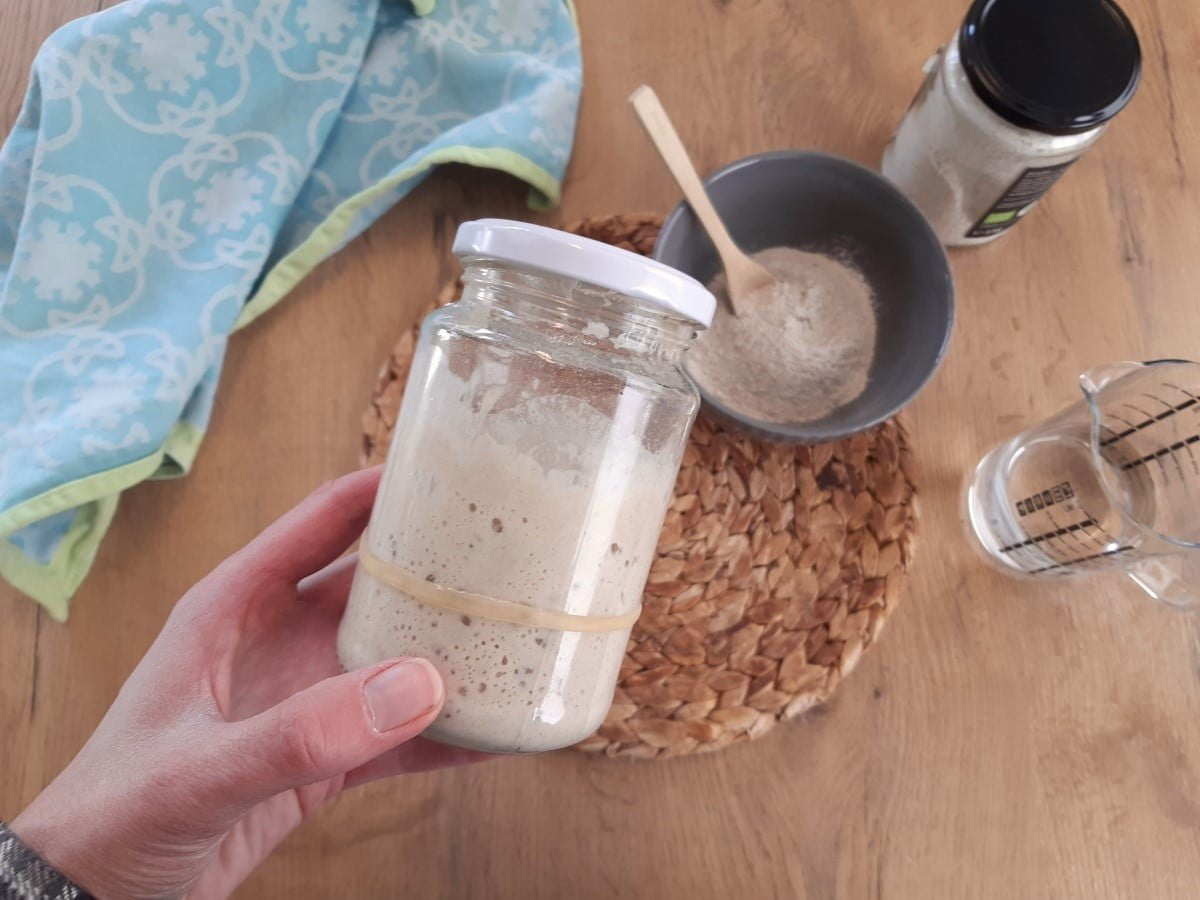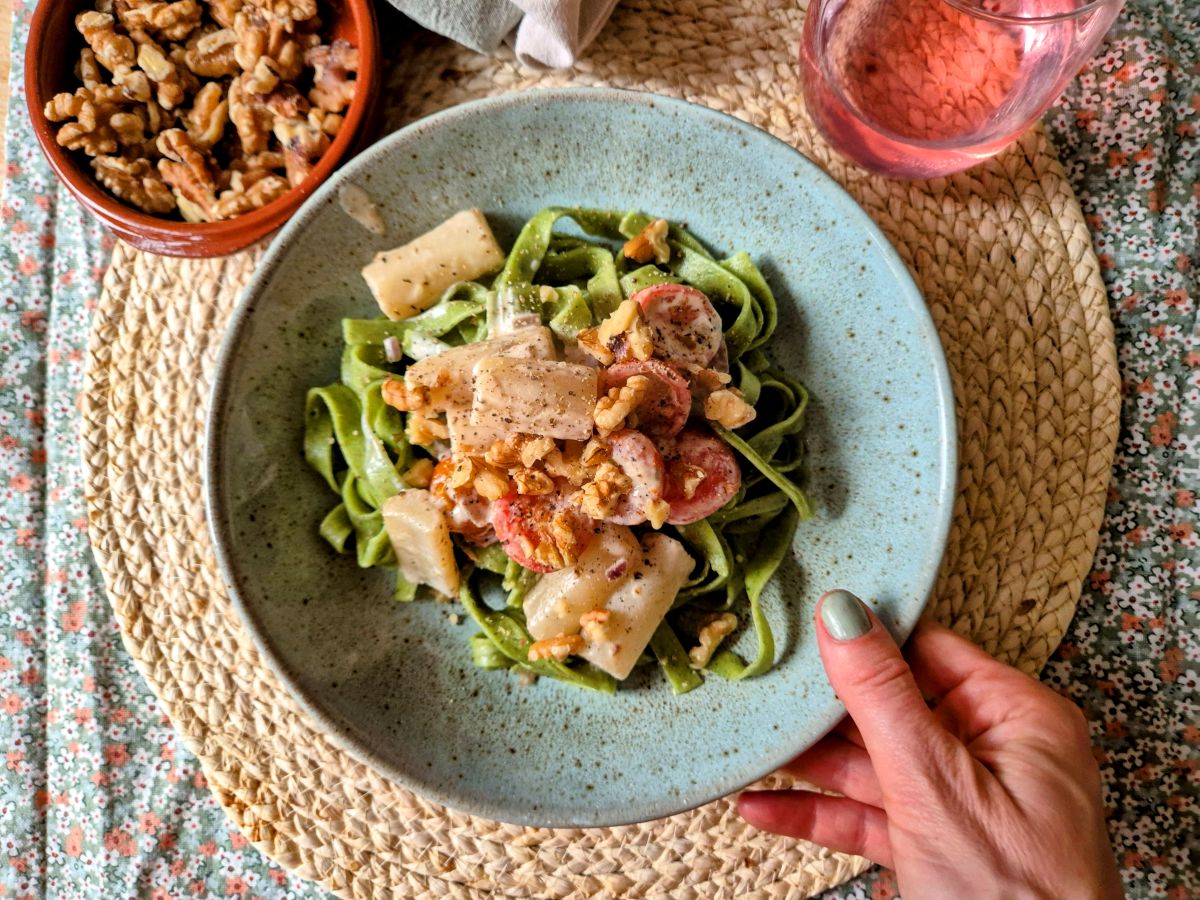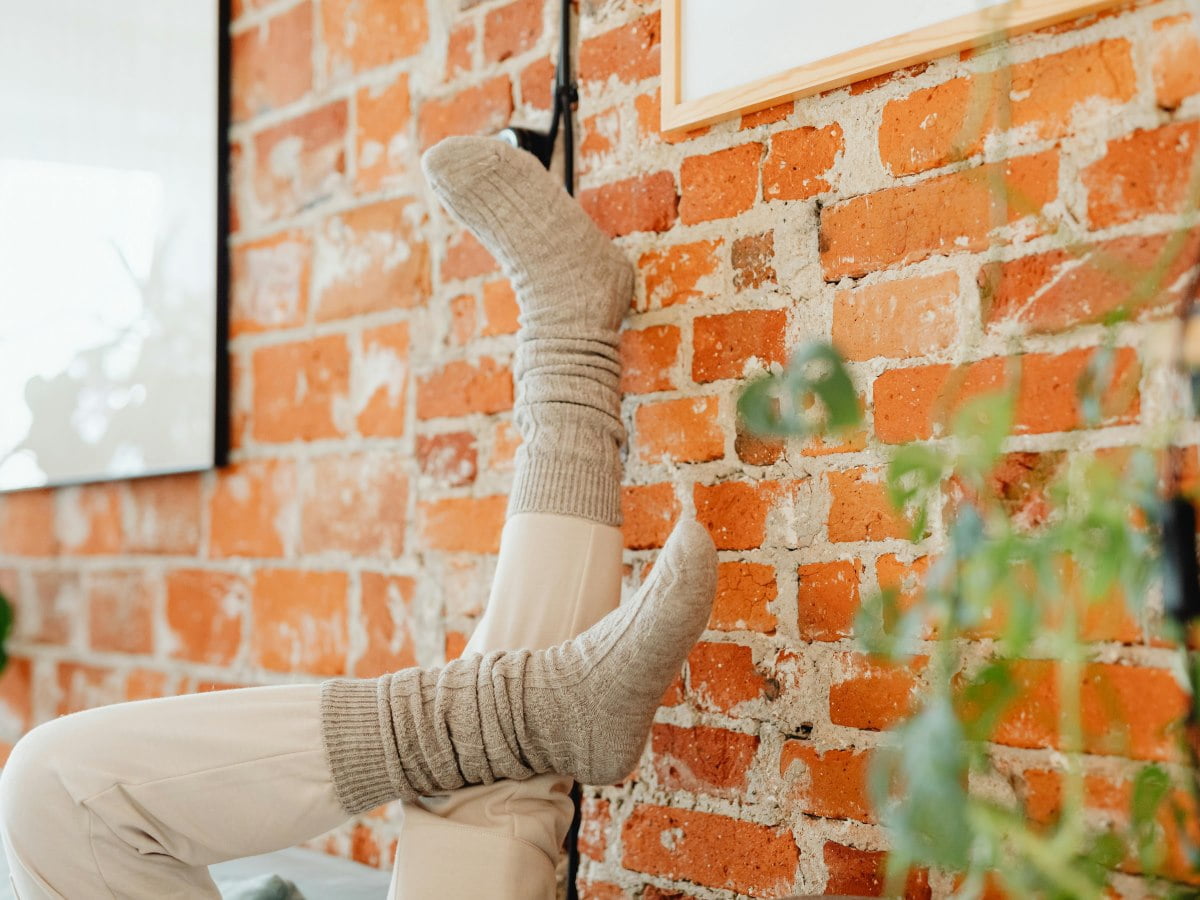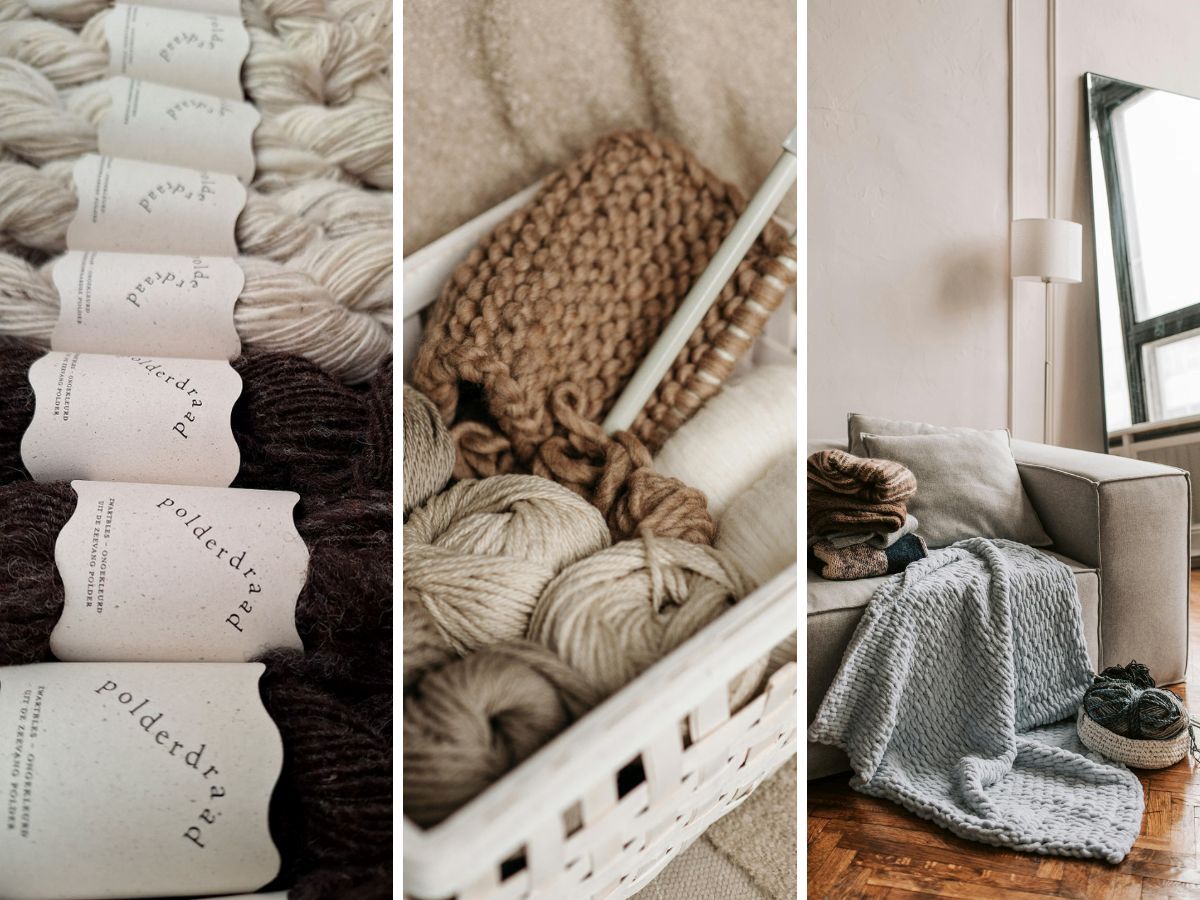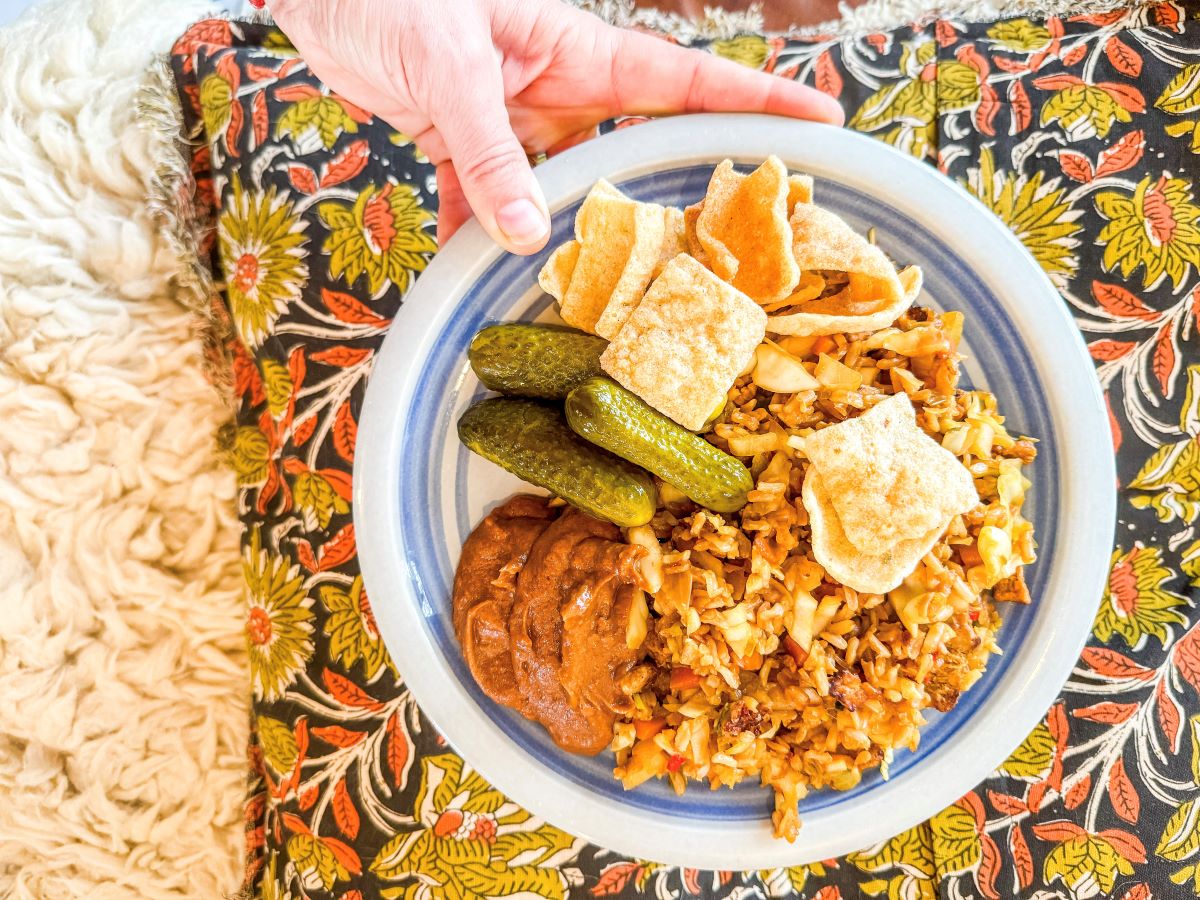Would you also like to bake sourdough bread, but don't know where to start? To bake your own sourdough bread, you need a sourdough starter. You can buy this in shops, but you can also easily make it yourself. This way, it tastes extra delicious, of course. We will show you how easy it is to make your own sourdough starter. All you need is a little flour, water and patience.
What is so special about sourdough bread?
Sourdough bread has basically the same ingredients as regular bread, only there is one important difference: instead of yeast, in this case good bacteria in the sourdough starter ensure that the bread rises well. This not only gives sourdough a special flavour, but also makes the bread easier to digest. Moreover, sourdough bread keeps longer than bread baked with yeast. And you can easily and cheaply make it yourself with just a few ingredients. So plenty of reasons to get started and bake your own sourdough bread.
Got a ready-made starter and want to bake bread right away? Then quickly check out our easy recipe for sourdough bread.
No sourdough starter without sourdough bread
Before you can bake sourdough bread, you need a sourdough starter. You can buy this, but it is even more delicious and fun to make your starter yourself. You only need to do this once, because after that you can store the starter in the fridge and bake bread with it again and again. In fact, the older the starter gets, the better the taste. So get to work soon, so that you too can bake such delicious sourdough bread.



Day 1: It is normal for the sourdough starter to be a bit thicker during the first few days. As the sourdough ages, it will normally naturally take on the consistency of a wafer batter.
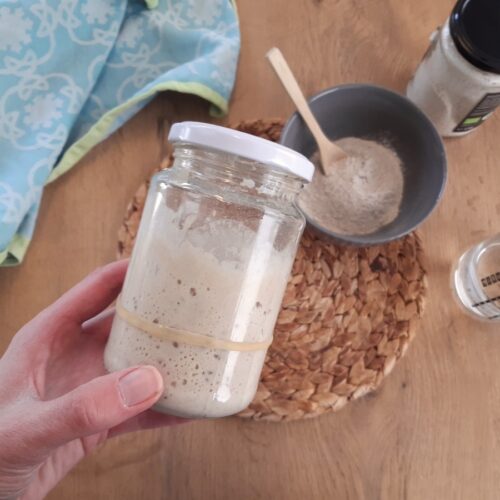
Recipe: sourdough starter
Kitchenware
- large pot/bowl
- 1 or 2 small potsto keep the leaven in
- (wooden) spoon/silicone spatula
- tea towel
- kitchen scales
Ingredients
- 385 gr organic rye flour
- 385 ml lukewarm water, important: never more than 40°C
Instructions
- Day 1: Put 110 g of flour and 110 ml of lukewarm water in a large pot or bowl and stir well. Cover with a tea towel and put in a warm place. After 12 hours, briefly stir the dough.
- Day 2: after another 12 hours on, add 55 g of flour and 55 ml of lukewarm water and stir well. Put the tea towel over it again and put it in a warm place. This time let the sourdough stand for 24 hours. If all goes well, it will now start to smell a little sour (vinegary).
- Day 3: Now add 55 g of flour and 55 ml of lukewarm water to the dough again and stir well. Put the tea towel over it and put it in a warm place. Stir the sourdough again after 12 hours.
- Day 4: Again 12 hours later, add 55g flour and 55ml lukewarm water and stir well. Put the tea towel over it again and put it in a warm place. Let the sourdough stand for 24 hours.
- Day 5: Now add 55 g of flour and 55 ml of lukewarm water to the dough again and stir well. Put the tea towel over it and put it in a warm place. Stir the sourdough again after 12 hours.
- Day 6: Again 12 hours later, add 55g flour and 55ml lukewarm water and stir well. Put the tea towel over it again and put it in a warm place. Let the sourdough stand for 24 hours.
- Day 7: the sourdough is ready and can be used to bake bread! If all goes well, it smells pleasantly sour and (small) bladders have formed. If you don't see bubbles yet, you could repeat the steps of days 5 and 6 until you do see bubbles.
Notes
- Put the sourdough in a warm place. A good temperature is between 25°C and 40°C, with the ideal temperature being between 30°C and 35°C. You can put the sourdough on the heater, for example. The colder it is, the longer it will take for the sourdough to be ready.
- Sometimes a thin crust will appear on the sourdough. This is not a problem and you can just stir it in.
- At the end of the step-by-step process, the consistency of the sourdough starter should be about the same as waffle batter. It tends to be a bit thicker during the first few days.
- Make sure the items, which you use to make your sourdough, are thoroughly clean. It is best to rinse them with boiling water beforehand.
- It is recommended not to let your sourdough starter come into contact with stainless steel. I thought this was a myth and once made the sourdough starter in my food processor from stainless steel, but then my starter smelt of turpentine in no time and I unfortunately had to throw it away.
- Before baking bread, remove a few more tablespoons of the sourdough starter and put it in a small (glass) jar. Keep this jar in the fridge and feed your sourdough starter once a week. You do this by putting a large tablespoon (12 grams) of the sourdough starter into a new jar, then add 60 grams of rye flour and 60 grams of water. Stir well and then put it back in the fridge. Put the lid loosely on the jar so that the jar does not break if bubbles form. If you are as forgetful as me, put two jars of sourdough starter in the fridge. Then you'll have a spare jar for when you forget to put a jar of sourdough starter in the fridge for next time while baking bread.
- When you first bake bread with your sourdough starter, it is usually not very strong yet and the dough does not rise very well. This gets better when the sourdough is older. You might also want to add some yeast (10 to 20 grams) the first few times you bake bread.


Day 3: the sourdough has tiny bubbles for the first time (photo of the inside) and the volume has increased. It smells vinegary. Don't worry if the bubbles are gone the next day, this is quite normal. Just continue and be patient, and soon you too will be able to bake such a delicious sourdough bread.
Baking sourdough bread
Have you followed the step-by-step plan and want to bake bread right away: here is our easy recipe for a delicious sourdough bread.
More sustainable tips from thegreenlist.nl
- Do you have any overripe bananas lying around? You can do this with it!
- Wondering which fruits and vegetables are in season this month? You can read it here.
- Which fruit and vegetables are best stored in the fridge and which are not? We figured that out for you too.
Sources: Velt.nu, Smarticular, Book: Die neue Traditionelle Ernährung. Photo credits: Kirsten Schoner.

